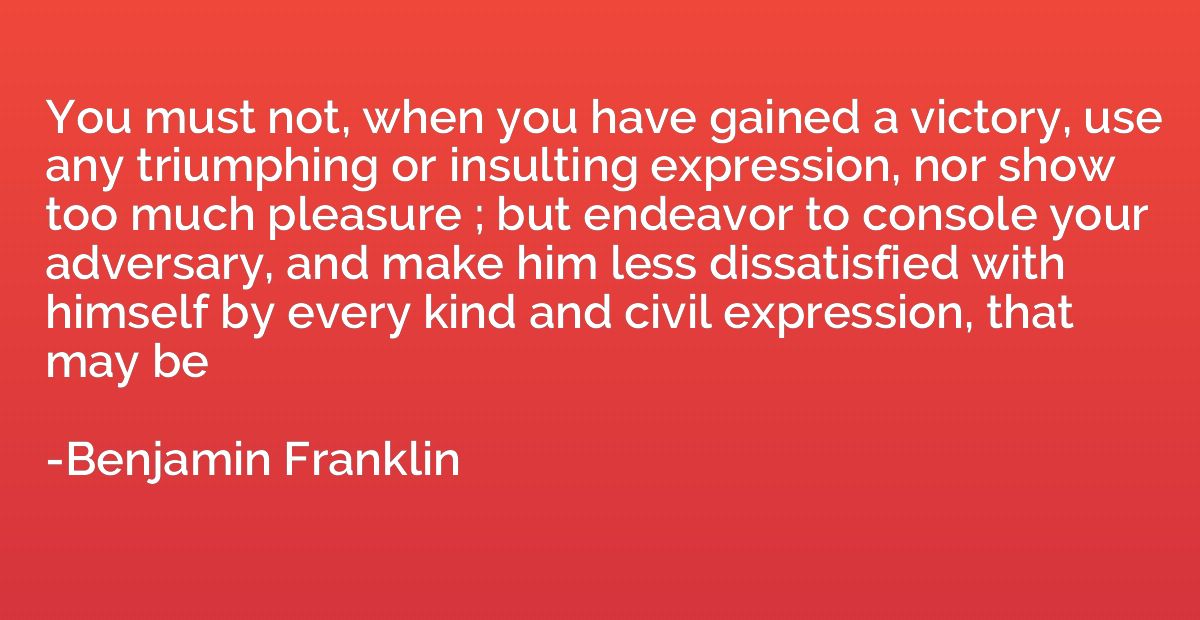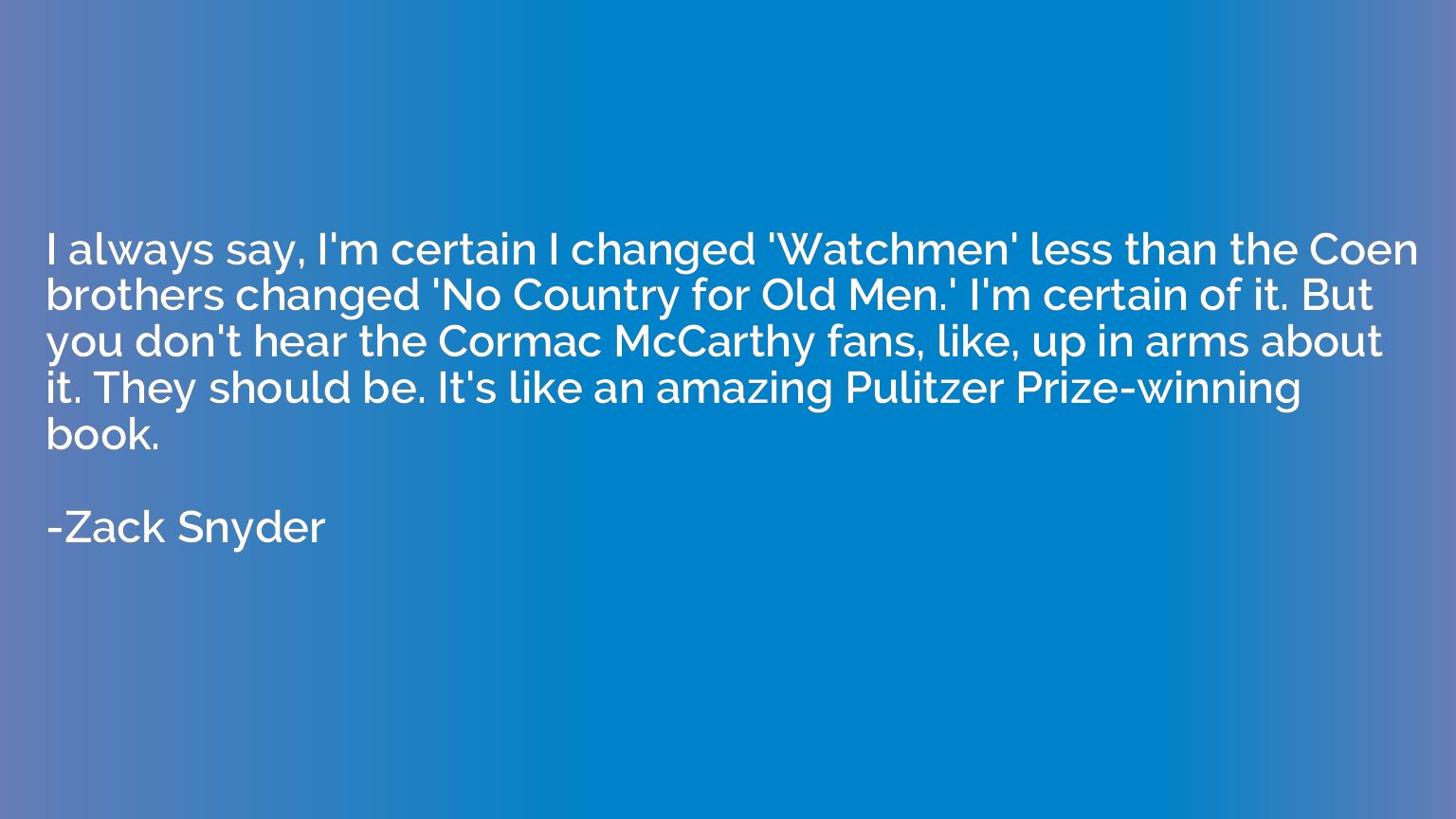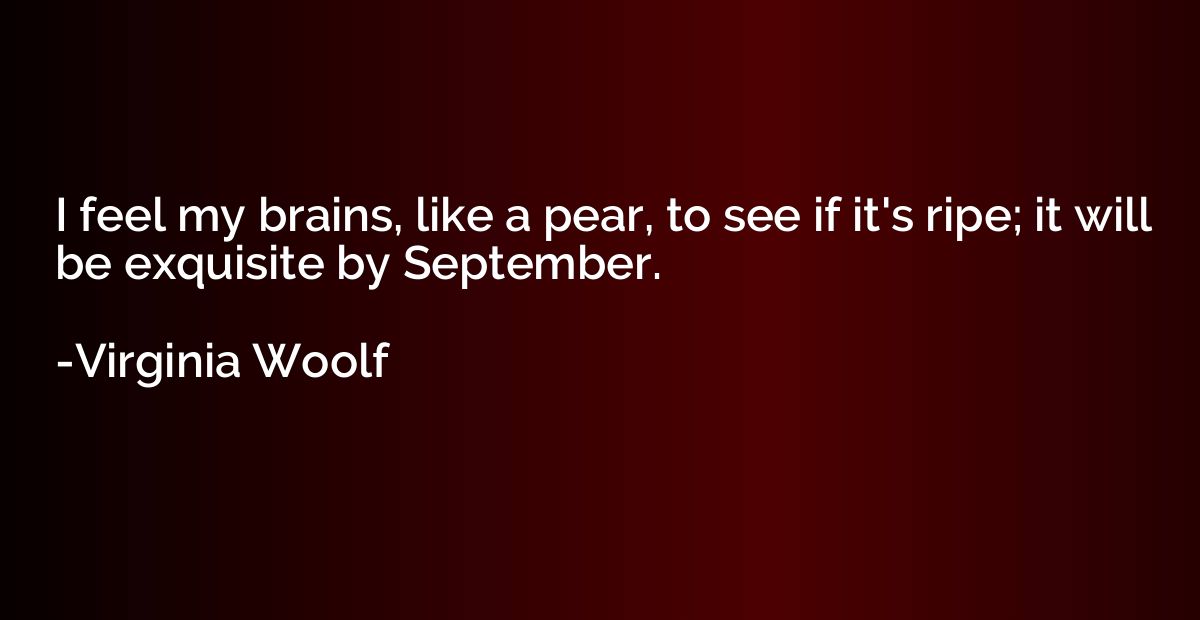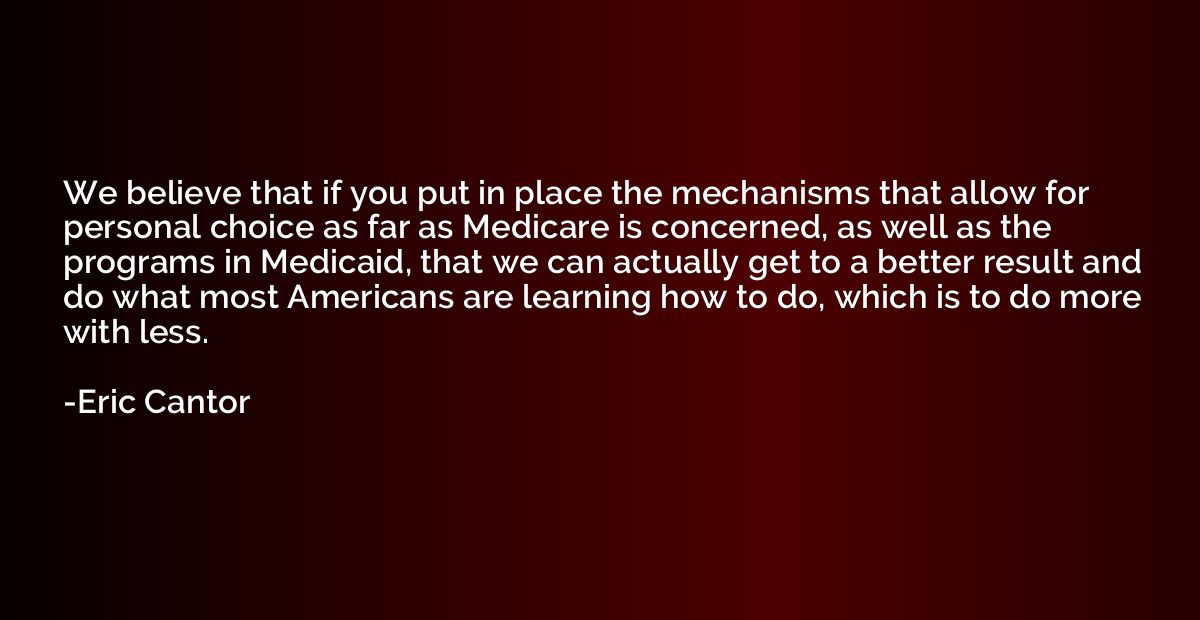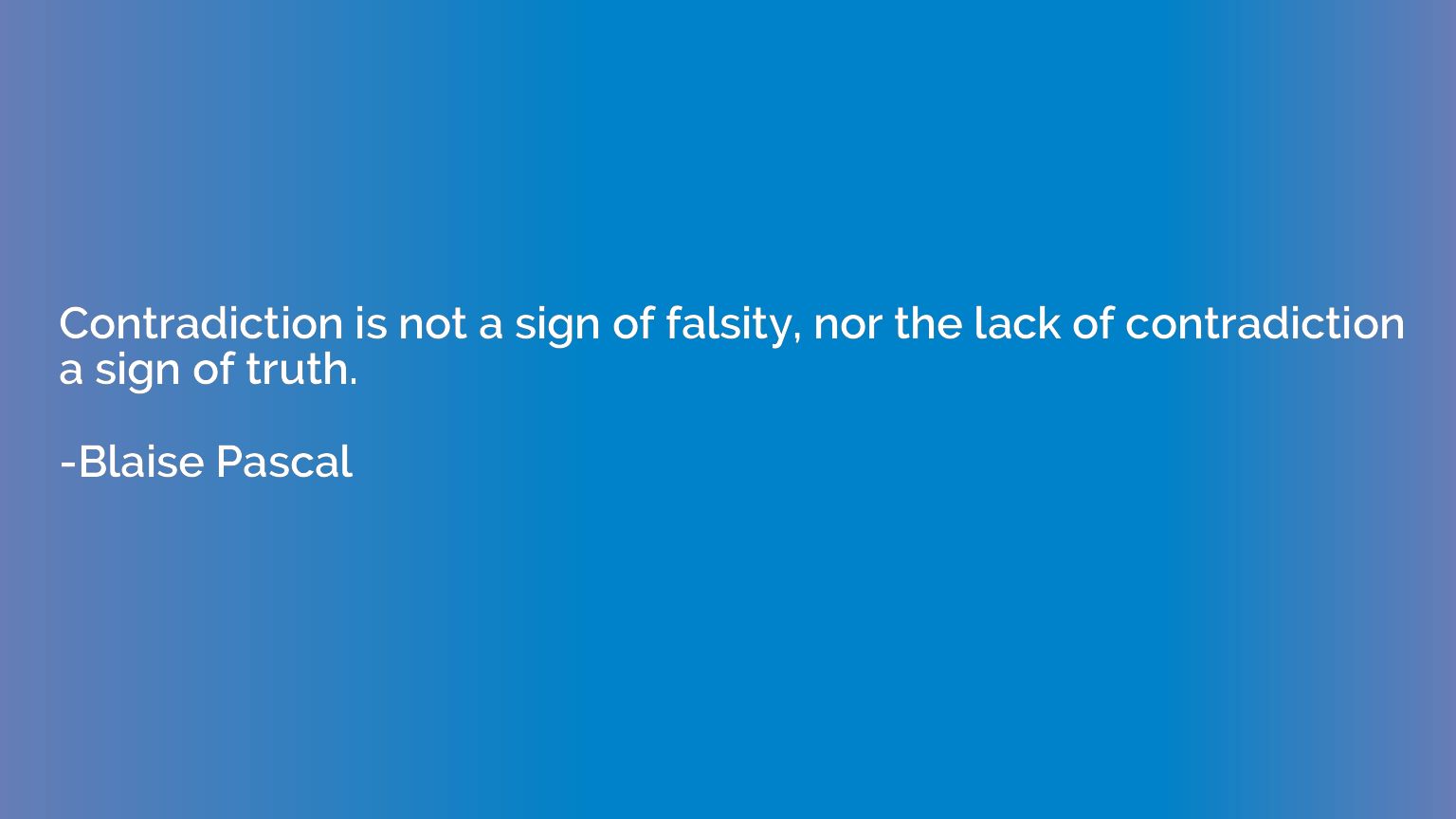Quote by Frederic Raphael
The party of God and the party of Literature have more in common than either will admit; their texts may conflict, but their bigotries coincide. Both insist on being the sole custodians of the true word and its only interpreters.
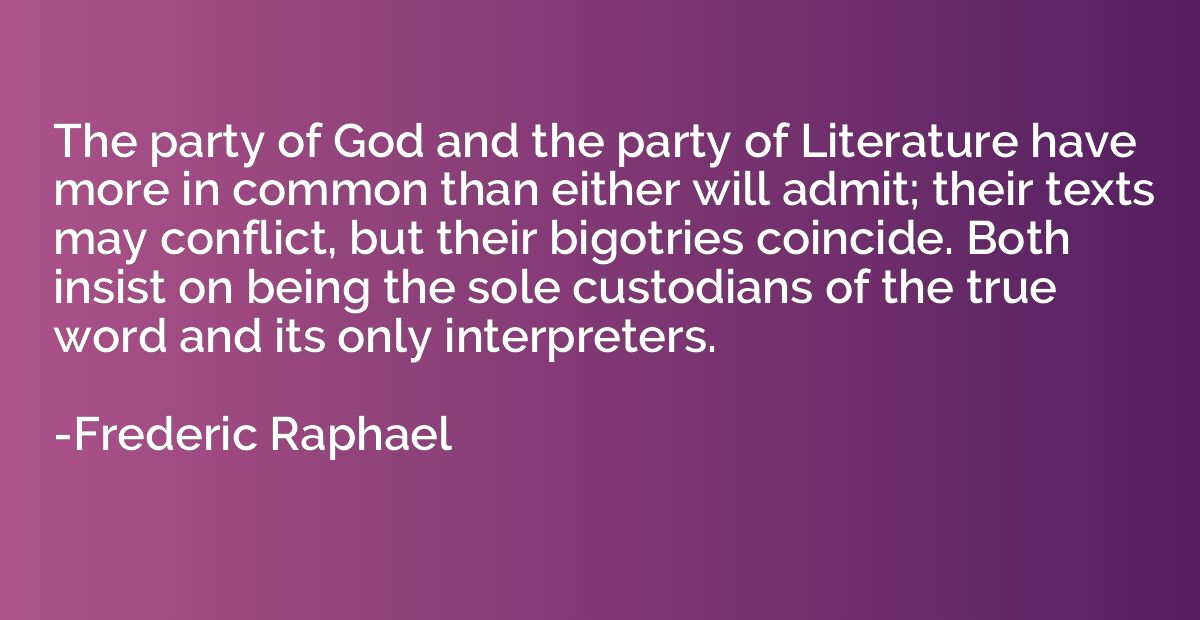
Summary
This quote suggests that the party of God and the party of Literature have underlying similarities despite their apparent differences. While their texts may clash, both parties exhibit a shared intolerance. They both claim exclusivity in possessing the correct word and proclaim themselves as the sole interpreters of it. This quote implies that both religious and literary zealots harbor a rigid and dogmatic mindset, unwilling to consider alternative perspectives or interpretations. It highlights the dangers of fanaticism, showing how different factions may display similar characteristics when it comes to a resolute and closed-minded approach.



